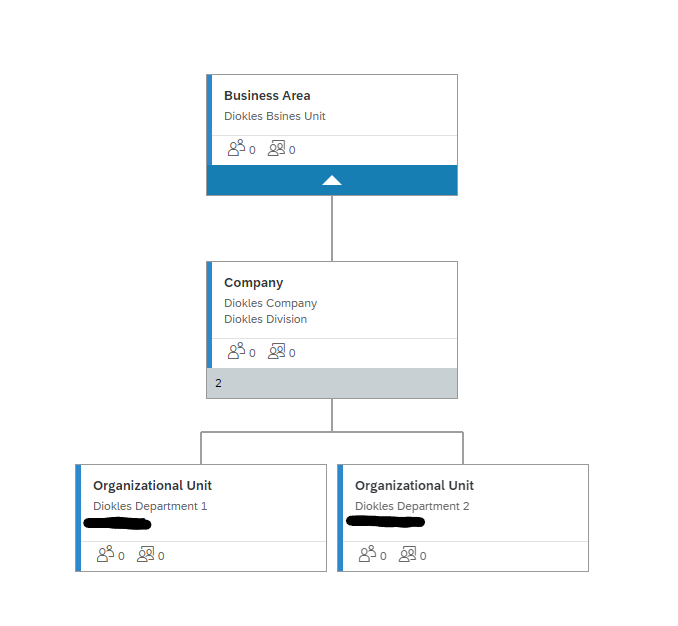This blog entry has the intention of describing FOs (Foundation Objects) in EC (Employee Central) as well as the associations between them, thus is Foundation Objects associations. Foundation object associations allow you to create relationships between the objects, something necessary to build a hierarchical structure in EC.
What are FOs in EC?
FOs are a fundamental part of EC data structure. Any object having company-specific data is a FO. All of them are customizable and effective-dated.
They must be in EC before any employee data can be loaded into the EC instance.
Which kind of FOs are available in EC?
FOs are categorized into 2 main groups. On the one hand, we have the so-called XML FOs. XML FOs are managed through an XML file, therefore, a little bit of XML coding will be needed.
On the other hand, we have the so-called MetaData Framework (MDF) FO. EC is constantly moving XML FO to MDF FO. MDF FOs are more convenient since they can be directly managed in EC.
A small summary of current MDF FO and XML FO is presented here:
| MDF FO | XML FO |
| Legal Entity | Location |
| Business Unit | Geozone |
| Division | Location Group |
| Department | Pay Component |
| Cost Center | Pay Component Group |
| Job Classification | Frequency |
| Job Function | Pay Grade |
| Pay Range | |
| Event Reason | |
| Workflow | |
| Dynamic Rule |
Which FO associations are supported in EC?
As of now, we have 2 major associations in EC.
- Composite association: This type of association is creating a parent-child relationship. In a „composite“ association, the relationship is configured in the parent object. The child object can´t exist without the parent object. Thus, the life cycle of the child object must be within the life cycle of the parent object.
- Valid When association: It is used to create a hierarchical structure. Objects that are associated using „valid when“ associations exist independently and have their own life cycle. The „valid when“ association is configured in the lower-level object.
Another important aspect of associations is the multiplicity. We have „One-To-One“ and „One-To-Many“ associations. The most common type of multiplicity used is One-To-Many.
For example, if our org. structure is configured in a way that division is underneath Business Unit (BU) and we use a „One-To-Many“ association from division to BU, one division can belong to more than one BU at the same time, which can be useful in some cases.

Types of FO Associations
As introduced at the beginning of the post, we have XML and MDF FO available in the system. Of course, it is possible to associate them according to your needs.
A summary of associations and examples of them is shown here:
FO association | Examples |
| MDF to MDF | Department to Division |
| XML to MDF | Location to Legal entity |
| XML to XML | Location to Geozone |
| MDF to XML | No standard association defined |
How to build up a hierarchical org. structure in EC
The intention of this blog entry is to show how to set up an org. structure to build a hierarchical structure in EC, therefore, we will only focus on associations between MDF objects in this example.
Let´s suppose we need to build an org. structure in the following manner:
Business Unit | Division | Department |
We want to have independent objects, each of them with its own lifecycle. Therefore, we will create a „valid when“ association, which will be maintained in the „lower“ level object.
We go to „Configure object definitions“ and, for our example, we select Division FO to create the association to the Business Unit. We will also take the Department FO to create the association with the Division. Multiplicity is set as „One-To-Many“ for more flexibility.
Association from Division to Business unit:

Association from Department to Division:

This is how the org. structure looks like after associating the FOs to each other.

From Diokles we hope that you have found this blog entry interesting and entertaining. For more details about this topic, please refer to the SAP standard documentation. You might want to continue reading about other interesting topics from our blog entries.
If you are also interested in knowing more about how to integrate your Employee central instance with your SAP HCM systems, you could find interesting the following blog entries: Master data replication from Employee central to SAP ERP or Organizational data replication from Employee central to SAP ERP.

Keine Kommentare